The next scientist in my Wonderful Women in STEM series is the pioneering Mary Anning!
Mary Anning has been named one of the 10 most influential British women in science history by the Royal Society. Mary was a trailblazer in her time and made invaluable contributions to palaeontology despite having no formal education and being a woman at a time when female scientists were almost unheard of.
Mary is now recognised as one of the first and most important palaeontologists in history.
Who was Mary Anning?
Mary Anning was born in 1799 in Lyme Regis, England. Lyme Regis is part of a stretch of coastline known as the Jurassic Coast, which is famous for fossils. Mary and her father collected and sold shells and fossils to tourists to supplement their income. At the time, nobody really knew what the fossils were. Mary was curious about the fossils she found. She sketched and made notes of her discoveries and became an expert in prehistoric creatures.

Mary Anning (1799-1847), Public domain, via Wikimedia Commons
In 1812, Mary discovered a complete Ichthyosaurus.
In 1823, she discovered the first complete Plesiosaurus.
In 1824 Mary realised that bezoar stones were fossilised dinosaur poo.
Mary opened a shop called Annings Fossil Depot in 1826. At the time, it was unusual for women to have a business.
In 1828, Mary discovered a pterosaur.
Mary faced many difficulties and obstacles in her life and career. She was from a poor family with no formal education, which meant she couldn’t join scientific societies or attend university lectures, and she wasn’t always fully credited for her findings.
Mary sadly died of breast cancer in 1847 at age 47.
In 2022, a statue of Mary Anning was unveiled in Lyme Regis to celebrate the achievements of this remarkable woman.
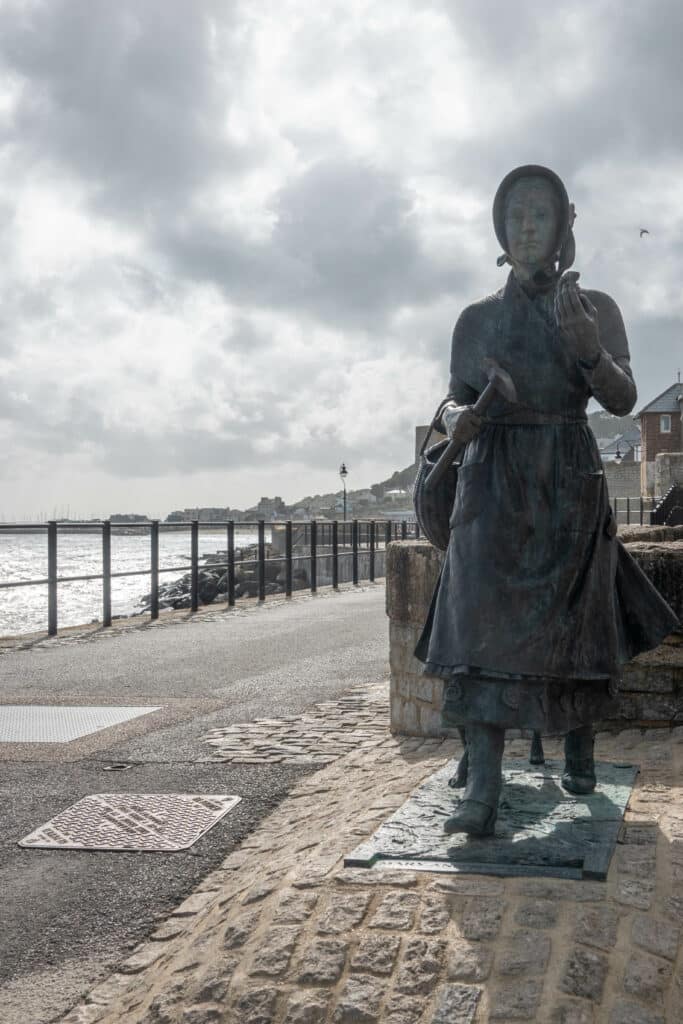
Make a model ammonite
Ammonites were sea creatures that lived before and at the same time as dinosaurs. They were a bit like a modern-day squid or octopus with a shell. Ammonite fossils have been found all over the world and are common in the Lyme Reis area.
You’ll need
Air drying clay
Clay tool
How to make a clay ammonite
Roll the clay into a long sausage shape and coil it up like a snail’s shell.
Use a clay tool to make marks along the spiral.
Leave to dry.
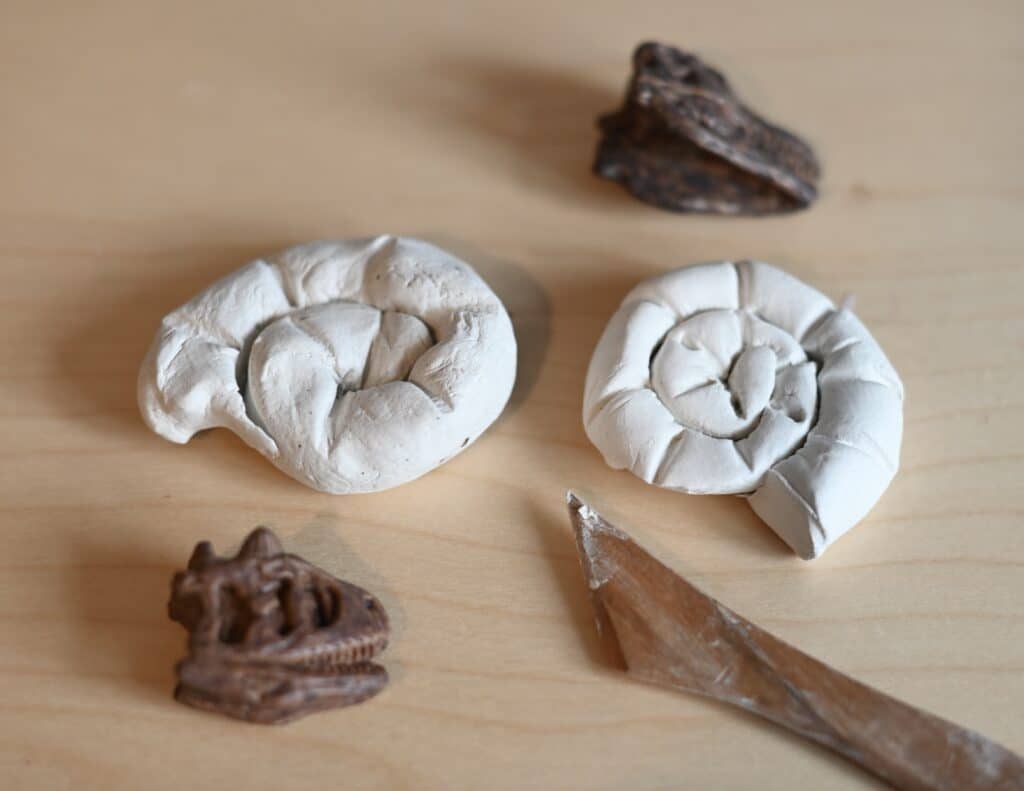
Mary Anning Fact File
I now have two versions of my Mary Anning Fact File. One is slightly less detailed and easier to read, with a separate page for the activity.
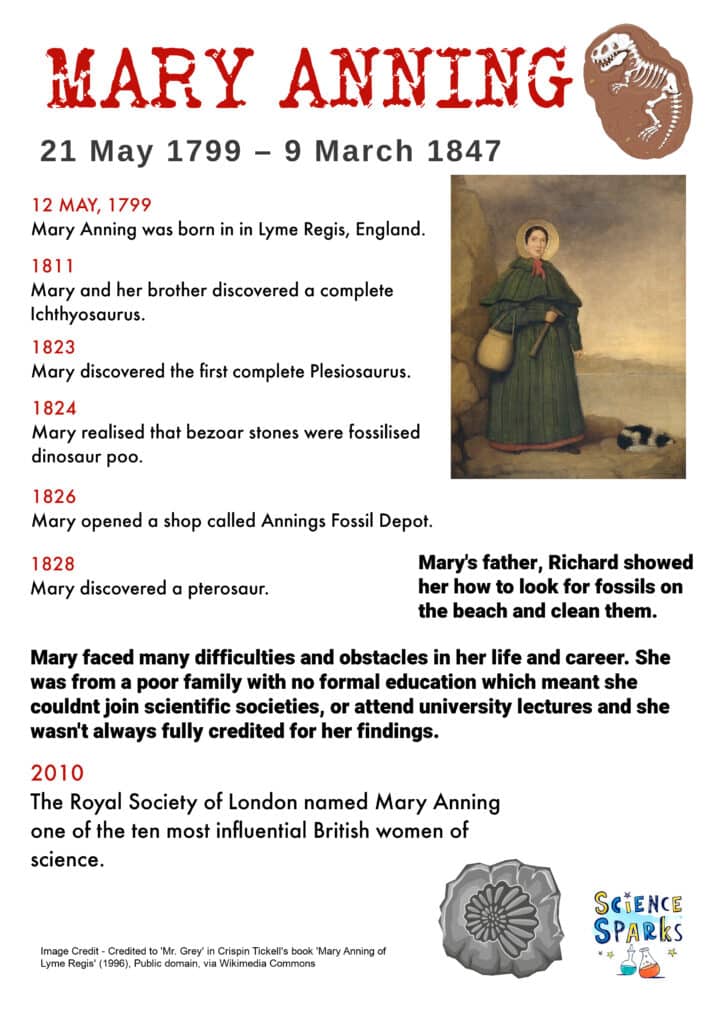
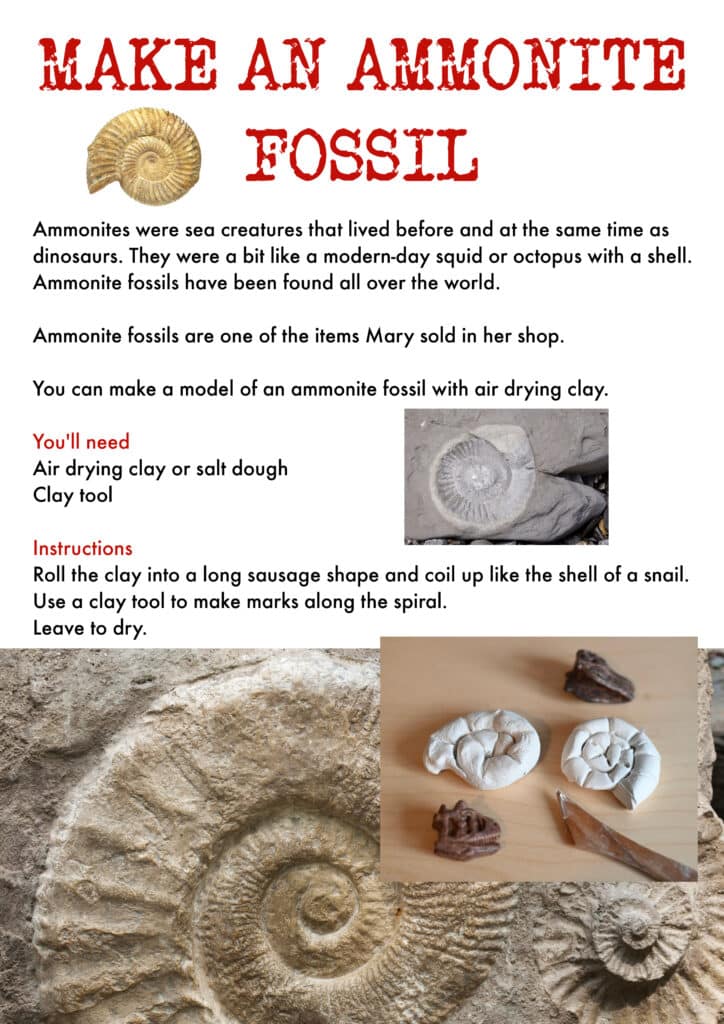
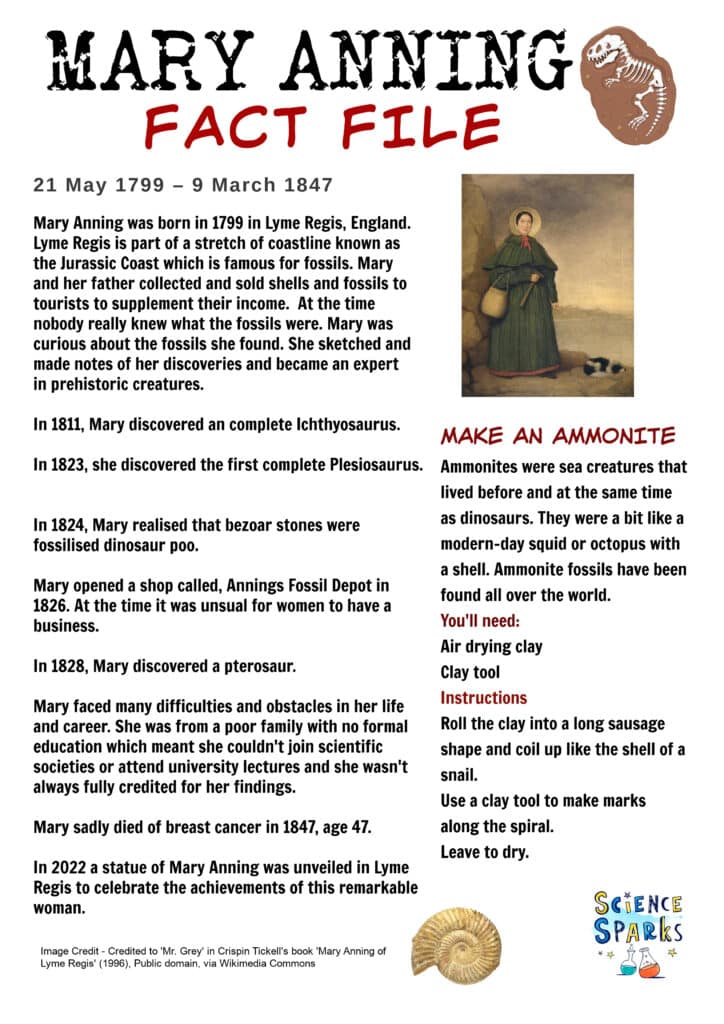
What is a palaeontologist?
A palaeontologist is a scientist who studies fossils.
What is a fossil?
Fossils are the preserved remains of animals and plants that lived long ago. They form over millions of years when minerals fill the spaces in skeletons and footprints left by prehistoric creatures.
When was the word dinosaur first used?
The word dinosaur was first used by a palaeontologist named Richard Owen in 1842. The name comes from the Greek word Deinos, which means terrible, and Saurus, which means lizard.
What is a bezoar?
Bezoars are fossilised poo, also known as coprolite. They are trace fossils, which means they are not part of an animal body. Scientists can determine which animal it is from by looking at the coprolite’s size, shape, and location. By studying the content of the fossilised poo, scientists can discover a lot about the animal’s diet. Mary was one of the first people to look inside a bezoar.
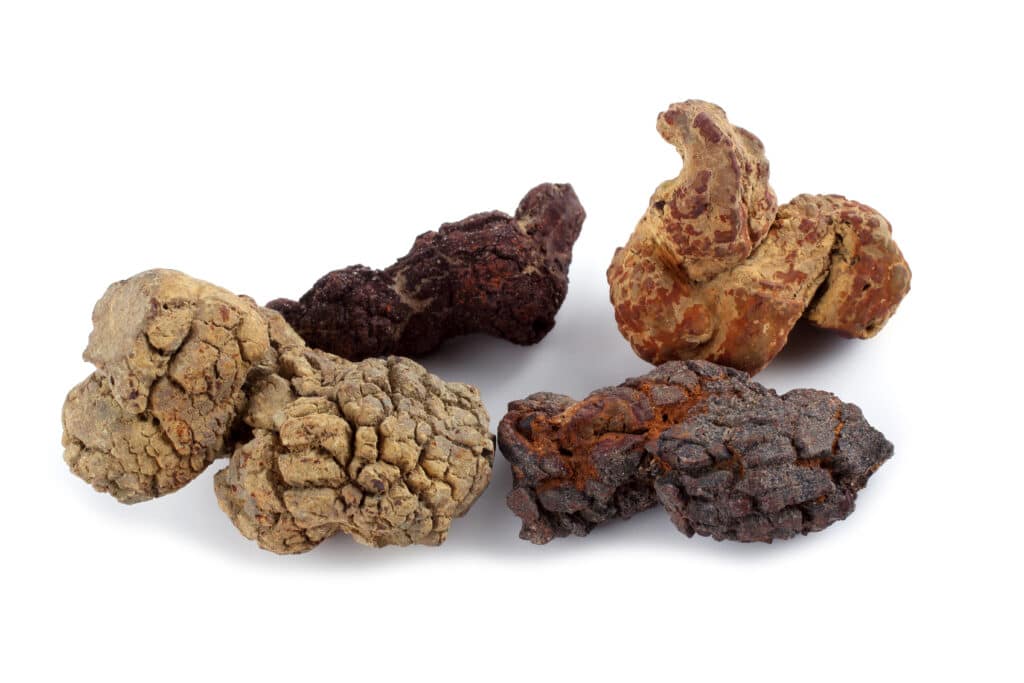
This post is part of my wonderful women in STEM series.
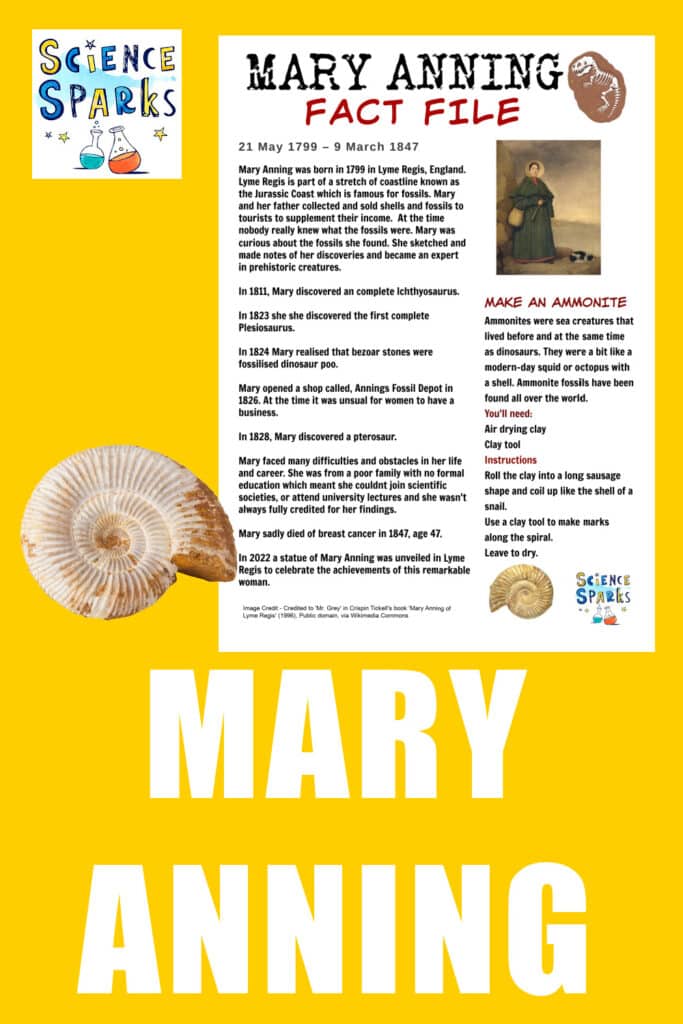
Last Updated on May 22, 2024 by Emma Vanstone

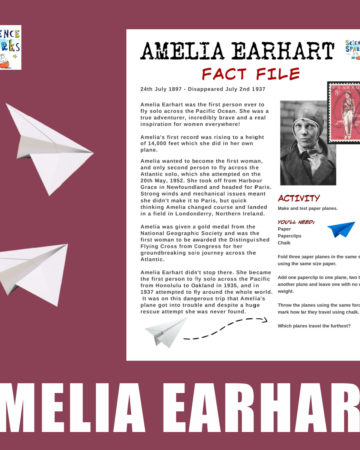



Leave a Reply